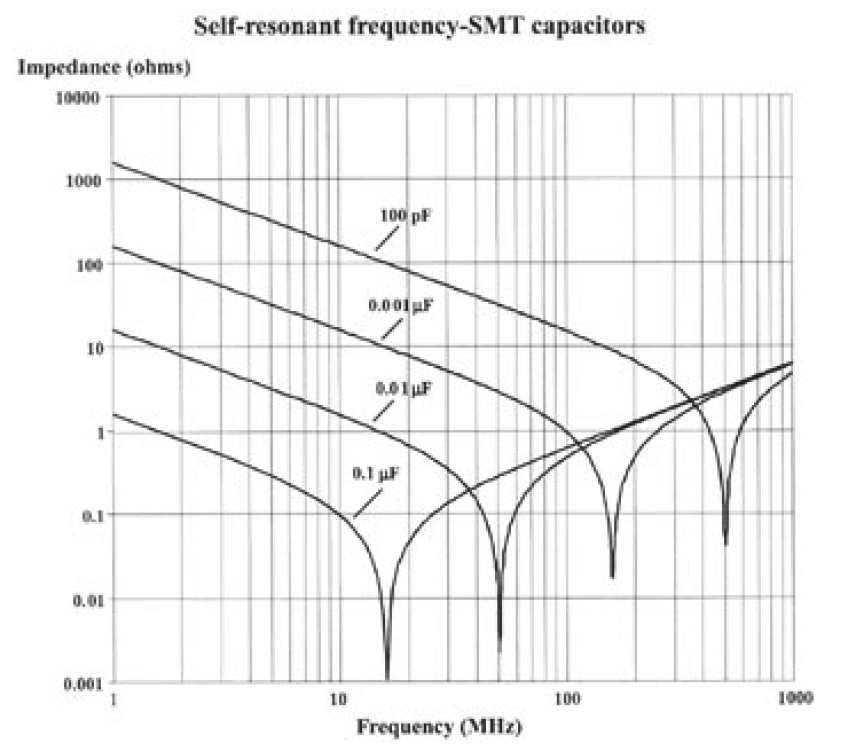10. July 2015 08:32 by Christian in
Depending on the automotive OEM a re-validation may be mandatory whenever an electronic controller production is moved from one manufacturing plant to another (e.g. Mexico to China). This refer to a situation with unchanged design, parts vendors, and even identical manufacturing process flow.
The EMC/EMI related advantages when using SMT pick and place machines are:
- lower the resistance and inductance at the connection ensuring fewer unwanted RF signal effects, a better and more predictable high-frequency performance.
- better EMC performance (lower radiated emissions) due to the smaller radiation loop area (because of the smaller package) and the smaller lead inductance.
However, by using a different type/model of SMT pick and place machine a full EMC/EMI validation of your product might be necessary. The reason for re-validation is that even a small amount of inductance may change the self-resonant frequency of operation significantly, making the capacitor ineffective for optimal or desired performance. A capacitor remains capacitive up to its self-resonant frequency. Above self-resonance, the capacitor starts to appear as an inductor due to lead length and trace inductance. Inductance minimizes the ability of the capacitor to decouple or remove RF energy that exists between power and ground.
The self-resonant frequency of surface mount (SMT) capacitors is always higher, although interconnect inductance may obviate this benefit. Interconnect inductance includes routed traces and the bond wires internal to a component package. Depending on the type of product being designed, as well as on the frequency of operation, a change of inductance in the picohenry range may be too much to tolerate.
SMT 0805 1.0 uF capacitor (lead inductance L = 1 nH) the self-resonance occurs at 5 MHz.
SMT 0805 0.01 uF capacitor (lead inductance L = 1 nH) the self-resonance occurs at 50 MHz.
SMT 0805 100 pF capacitor (lead inductance L = 1 nH) the self-resonance occurs at 503 MHz.

In my EMC laboratory testing experience I've seen such changes in radiated emissions or conducted emissions performance from modules using the same hardware and software design built in different manufacturing plants.
References: Printed Circuit Board Design Techniques for EMC Compliance 2nd Ed. (Mark I. Montrose)